Bats are some of the most diverse and fascinating creatures on the planet, with over 1,300 species exhibiting a wide range of sizes, shapes, and behaviors. From the world’s smallest mammal to the fastest flyer, these nocturnal mammals have evolved unique traits that make them stand out. In this article, we explore the top 17 unique species of bats, each with its own distinct characteristics and adaptations that highlight the incredible diversity within this often misunderstood group of animals. Join us as we delve into the captivating world of bats and discover what makes these species so extraordinary.
Giant Golden-Crowned Flying Fox
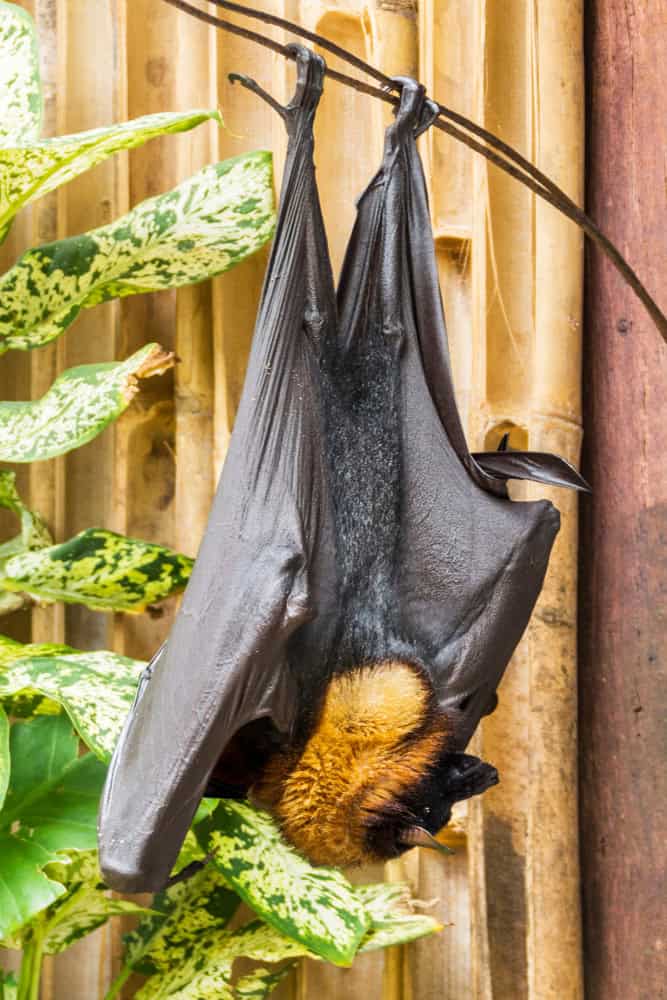
The Giant Golden-Crowned Flying Fox, found in the Philippines, is the largest bat species, with an impressive wingspan of up to 5.5 feet. Weighing around 3 pounds, this bat primarily feeds on fruit, relying on its large eyes for navigation rather than echolocation. These bats form large roosts in trees, making them vulnerable to habitat destruction and hunting. Conservation efforts are crucial to protect this species, as they face significant threats from logging and hunting for their meat.
Mexican Free-Tailed Bat
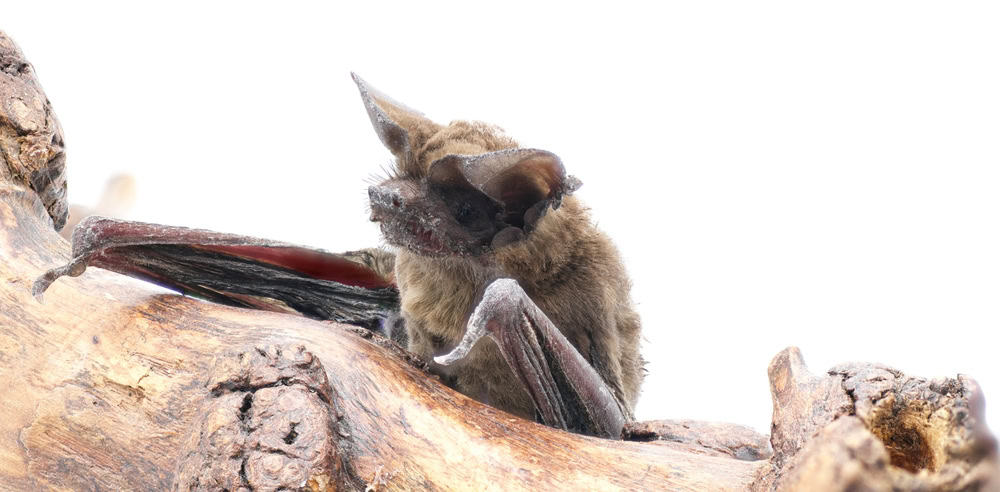
The Mexican Free-Tailed Bat holds the title of the fastest mammal, reaching speeds up to 100 mph through wing power alone. Native to the Americas, these bats form massive colonies, with Texas’ Bracken Cave hosting 15 to 20 million bats. Their rapid flight and large numbers play a vital role in insect control, but they are also a sight to behold during their evening emergence from caves.
Honduran White Bat
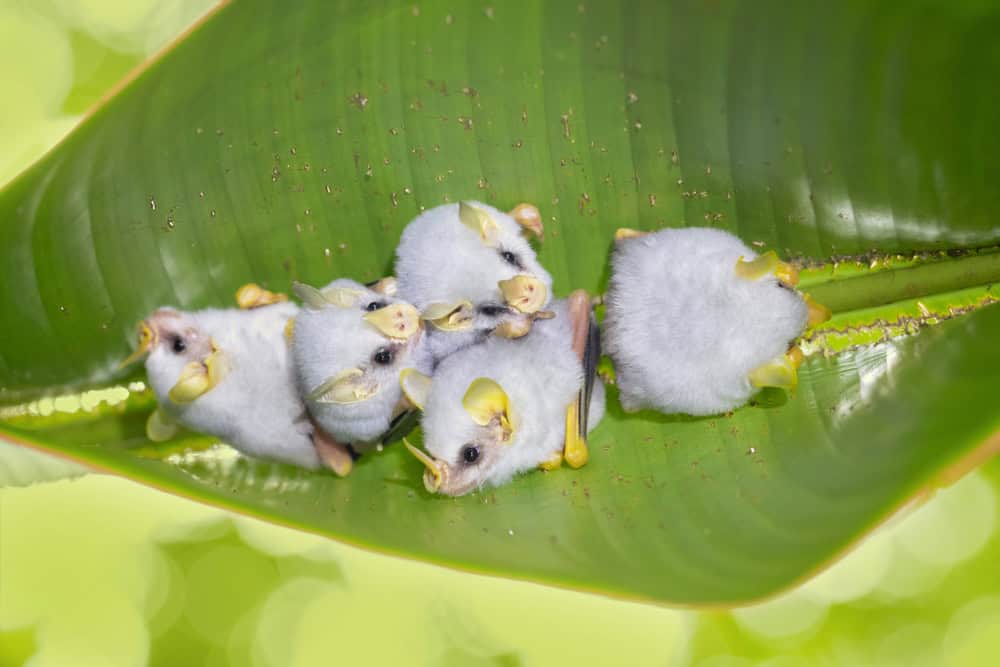
Known for its unique white fur, the Honduran White Bat constructs “tents” by cutting leaves with their teeth. These bats cluster under the leaves, appearing green when light filters through, providing camouflage. Found in Central American forests, their striking appearance and unusual behavior make them a fascinating species, though their habitat is increasingly threatened by deforestation.
Ghost Bat
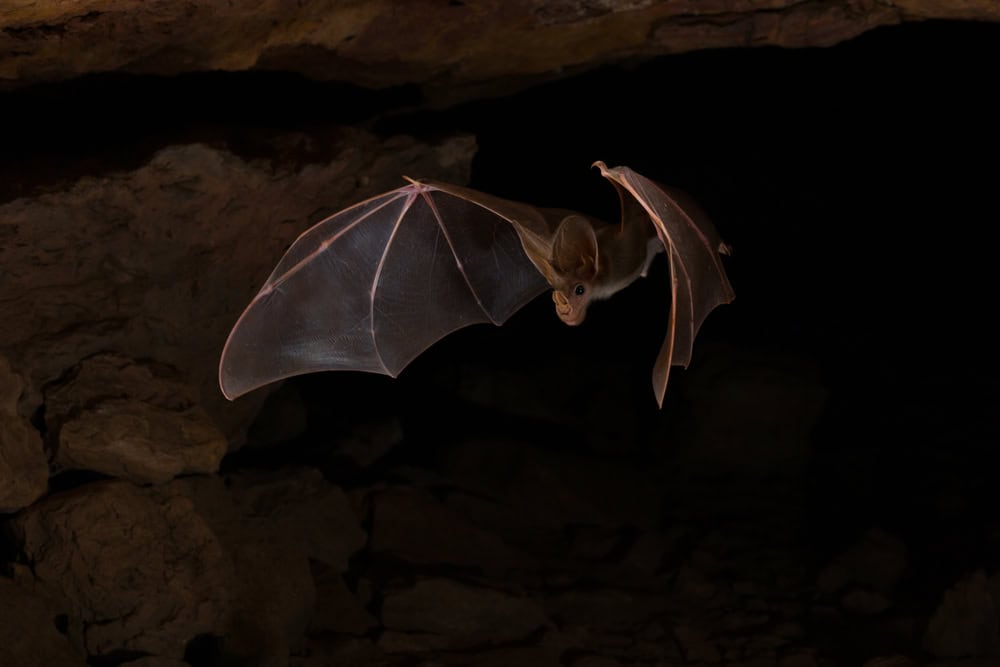
The Ghost Bat, an Australian species, stands out for its predation on vertebrates. With large eyes and echolocation abilities, it hunts small animals by wrapping them in its wings and delivering lethal bites. This combination of hunting techniques and its ghostly appearance make it one of the most unique and intriguing bat species.
Kitti’s Hog-Nosed Bat
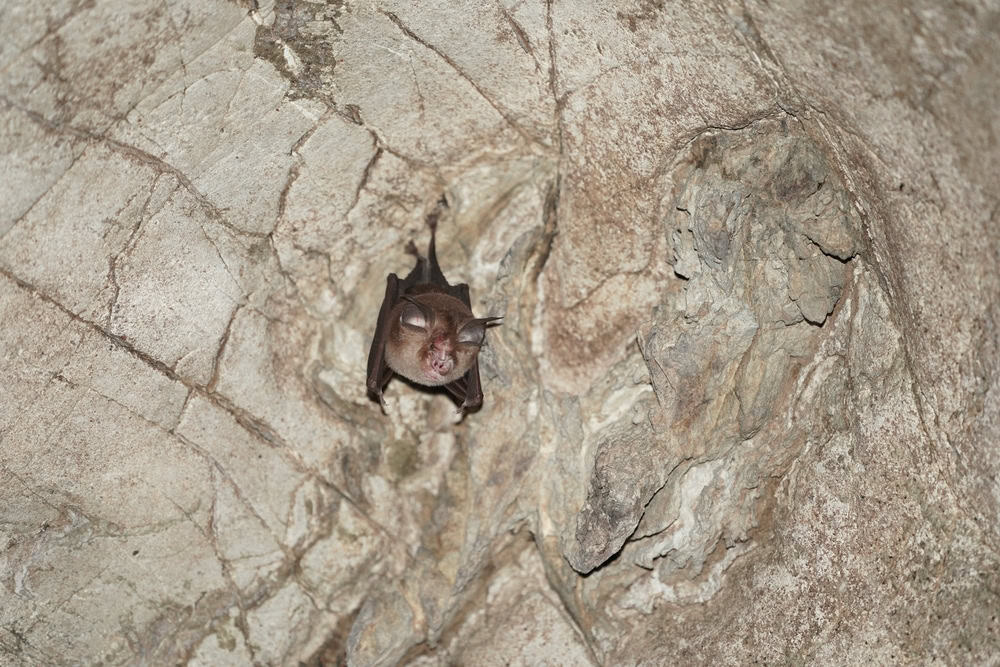
Kitti’s Hog-Nosed Bat, also known as the bumblebee bat, is the smallest mammal by weight, fitting comfortably on a human thumb. Native to Thailand and Burma, this tiny bat faces habitat loss due to logging and cave disturbances. Conservation efforts are critical to preserving this diminutive yet remarkable species.
Greater Bulldog Bat
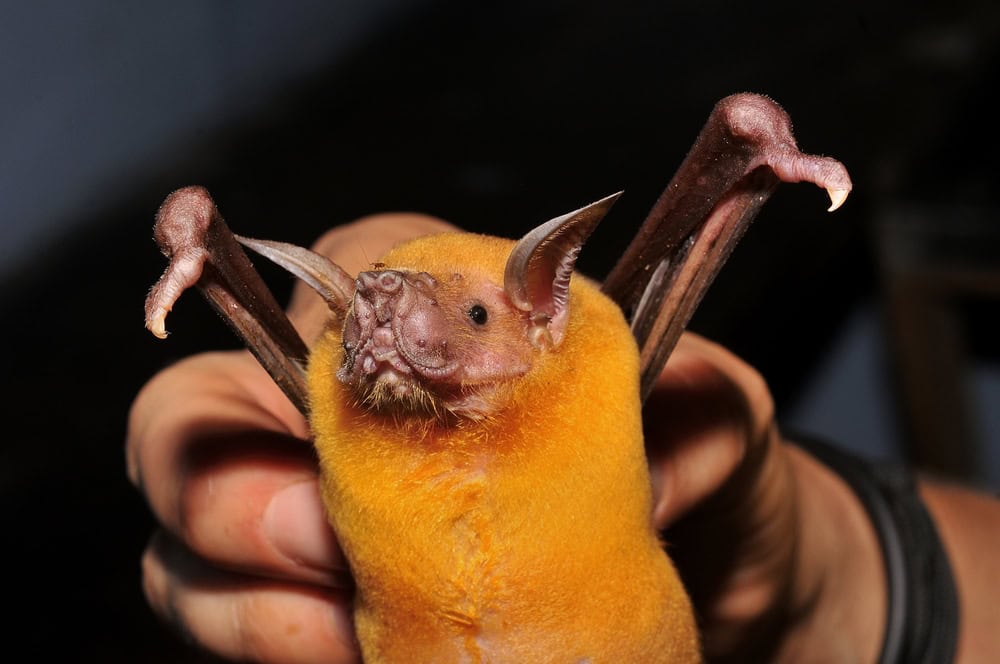
The Greater Bulldog Bat, native to Central and South America, is a master fisher. Using echolocation to detect fish movements, it skims the water’s surface with its large claws to catch prey. This unique fishing technique, combined with its ability to swim if it falls into the water, highlights the bat’s adaptability and ingenuity.
Wrinkle-Faced Bat
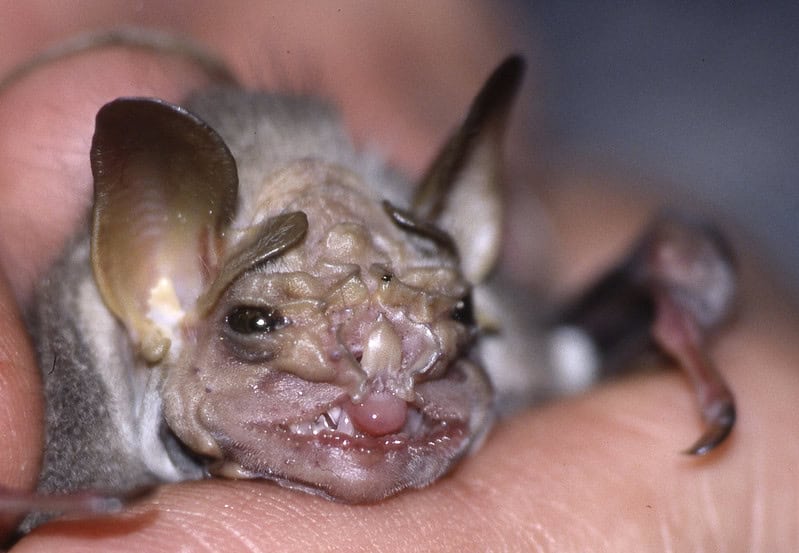
The Wrinkle-Faced Bat, found in Central America, has one of the most distinctive faces in the bat world, covered in intricate wrinkles. These features may aid in echolocation or juice channeling while feeding on fruit. Despite its odd appearance, this bat’s powerful bite allows it to consume hard fruits that other bats cannot, showcasing its unique dietary adaptations.
Lesser Long-Nosed Bat
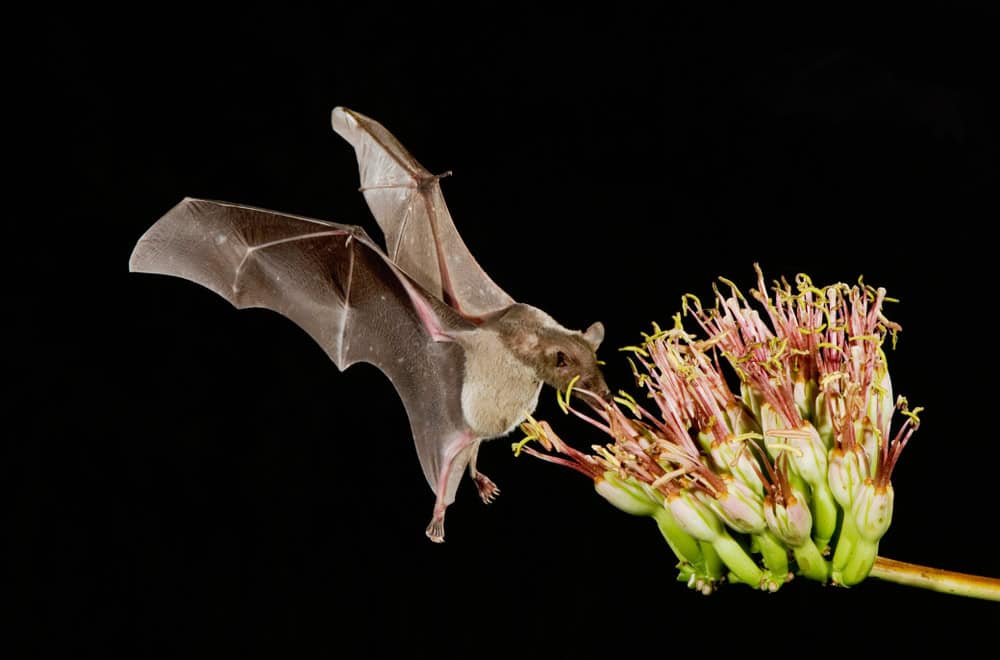
Essential for the pollination of over 180 plant species, including agave used for tequila, the Lesser Long-Nosed Bat is a critical species for ecosystem health. Once persecuted due to superstition, conservation education has highlighted their importance, turning former bat killers into protectors. These bats’ role in pollination underscores their ecological significance.
Common Vampire Bat
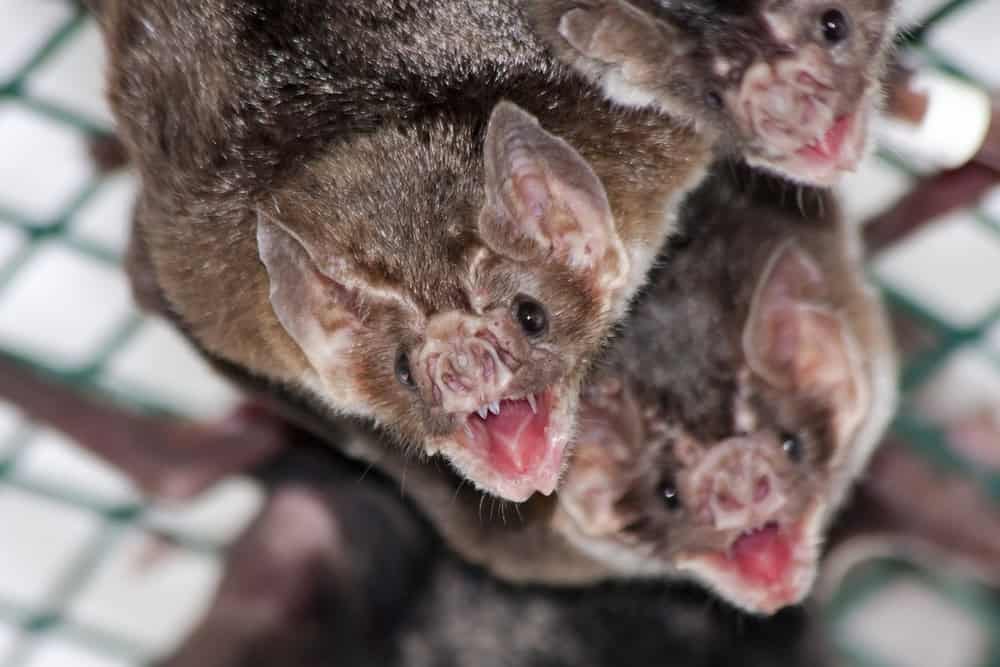
The Common Vampire Bat, infamous for its blood-feeding habits, exhibits fascinating social behaviors. It can mimic the behavior of chicks to feed undetected under hens. Native to Central and South America, these bats have evolved to share blood meals with colony members, showcasing complex social structures and survival strategies.
Buettikofer’s Epauletted Fruit Bat
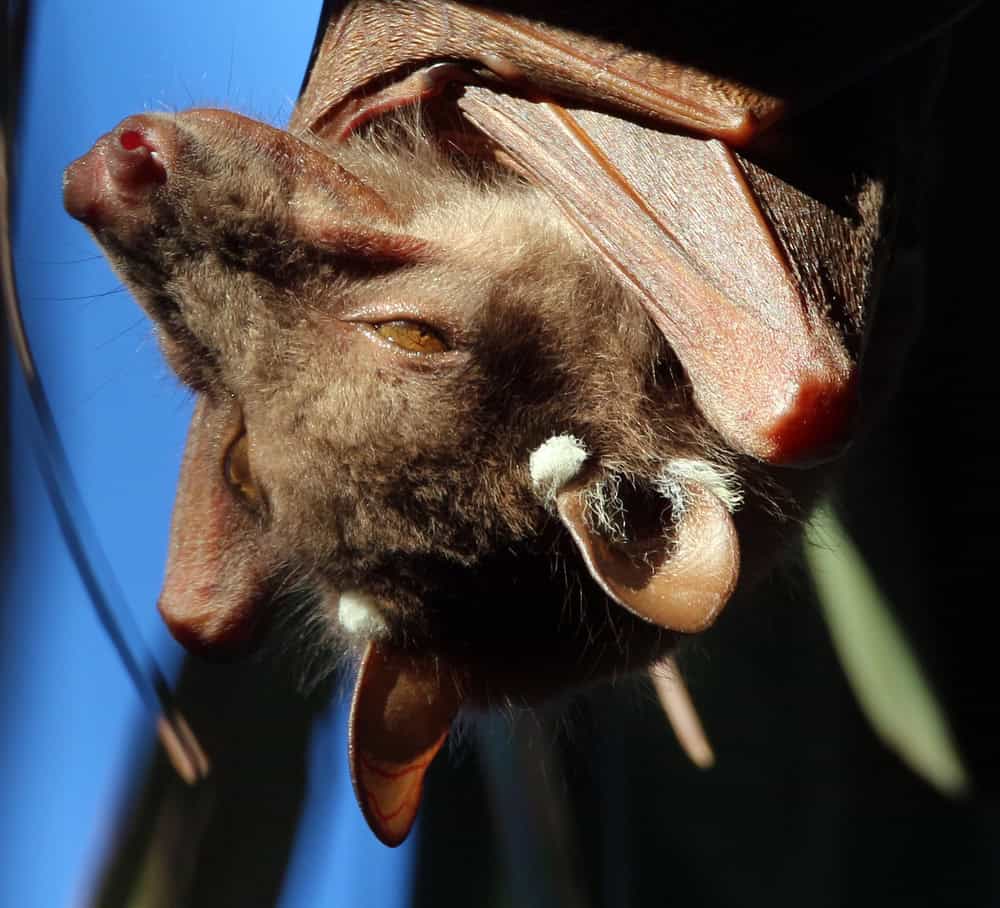
Buettikofer’s Epauletted Fruit Bat, found in West Africa, is notable for its dog-like appearance. These megabats have large, shoulder epaulettes that males inflate to attract females. Their unique courtship displays and significant role in seed dispersal make them a vital component of their ecosystem.
Hammer-Headed Bat
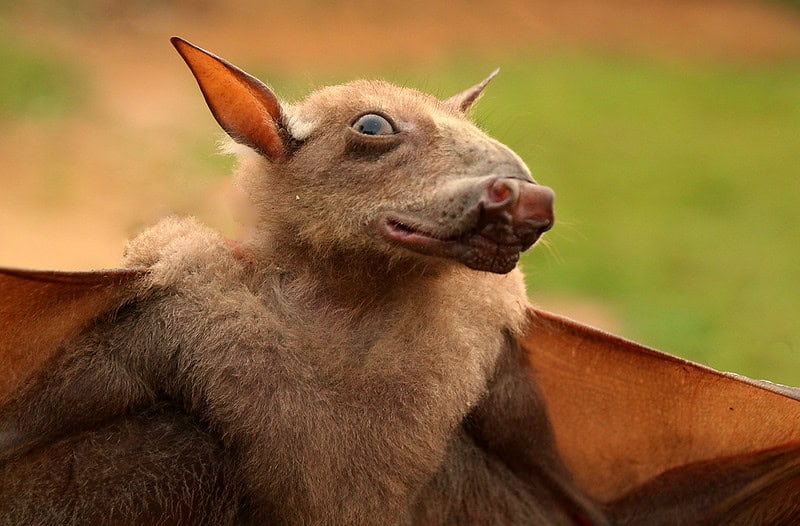
The Hammer-Headed Bat of equatorial Africa has a bizarre head shape, with males possessing large resonating chambers to attract females through vocalizations. Despite their odd appearance, they are frugivorous and play a crucial role in seed dispersal. Their unique mating calls and physical traits make them stand out among bat species.
Yellow-Winged Bat
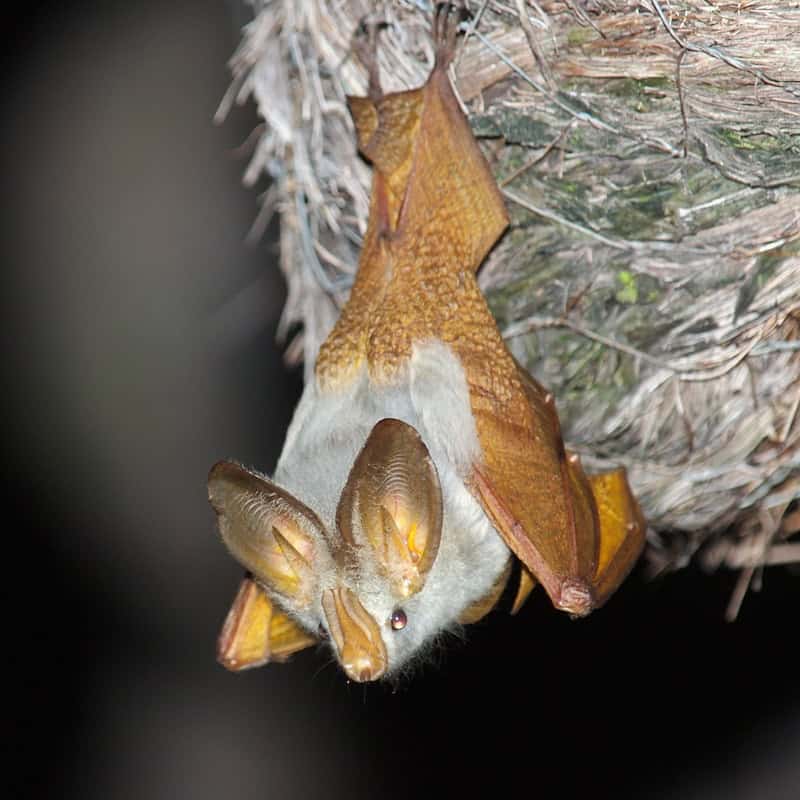
Contrary to the typical dark-colored bat, the Yellow-Winged Bat of Africa has bright yellow wings. This insectivorous bat prefers moist savannas and forests, using its colorful wings to blend into its environment. Its striking appearance and unique habitat preferences make it a fascinating species to study.
Spotted Bat
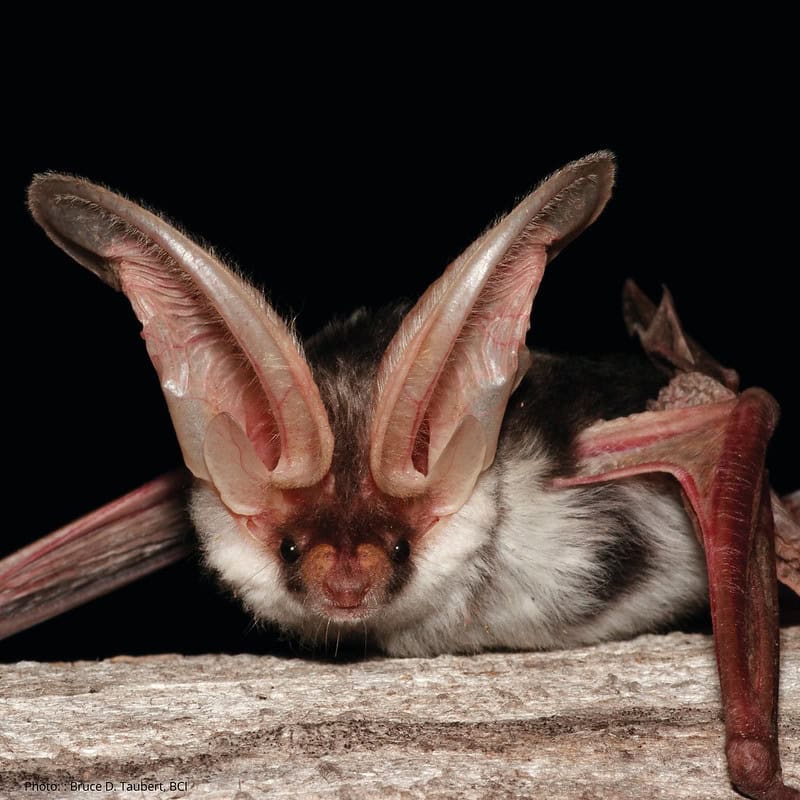
The Spotted Bat, native to North America, is easily recognizable by its large ears and three white spots on its black back. These features aid in its echolocation abilities, allowing it to hunt for insects in the dark. Its distinct appearance and auditory adaptations highlight the diversity within bat species.
Little White-Shouldered Bat
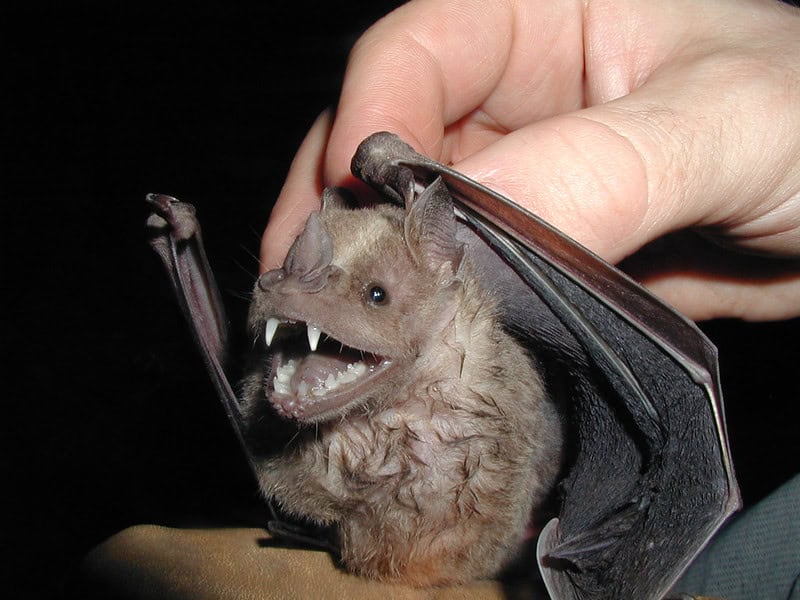
Found in Central and South America, the Little White-Shouldered Bat has distinctive white shoulder patches. This frugivorous bat forages from the forest floor to the canopy, playing a role in seed dispersal. Its unique markings and feeding behavior distinguish it from other bat species in its region.
Rafinesque’s Big-Eared Bat
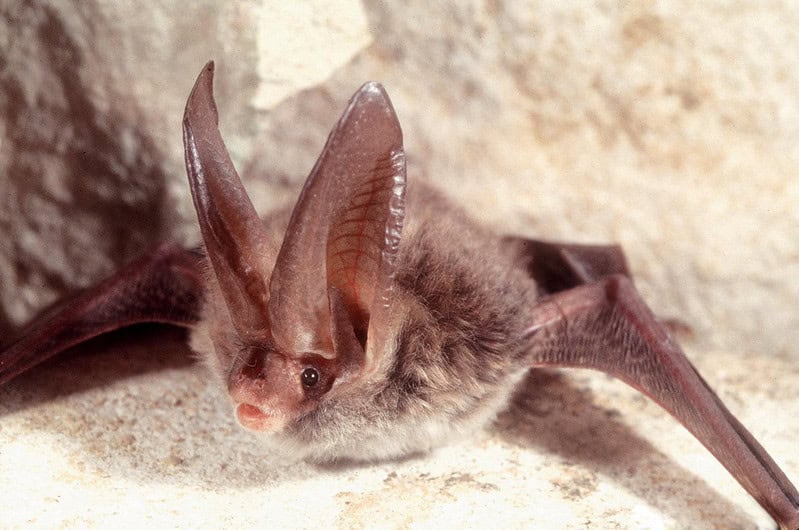
Rafinesque’s Big-Eared Bat, with its rabbit-like ears, is found in the southeastern United States. These bats prefer to eat insects and can live over ten years. Their long ears enhance their echolocation abilities, making them adept hunters and a unique sight in their native habitats.
Eastern Tube-Nosed Bat
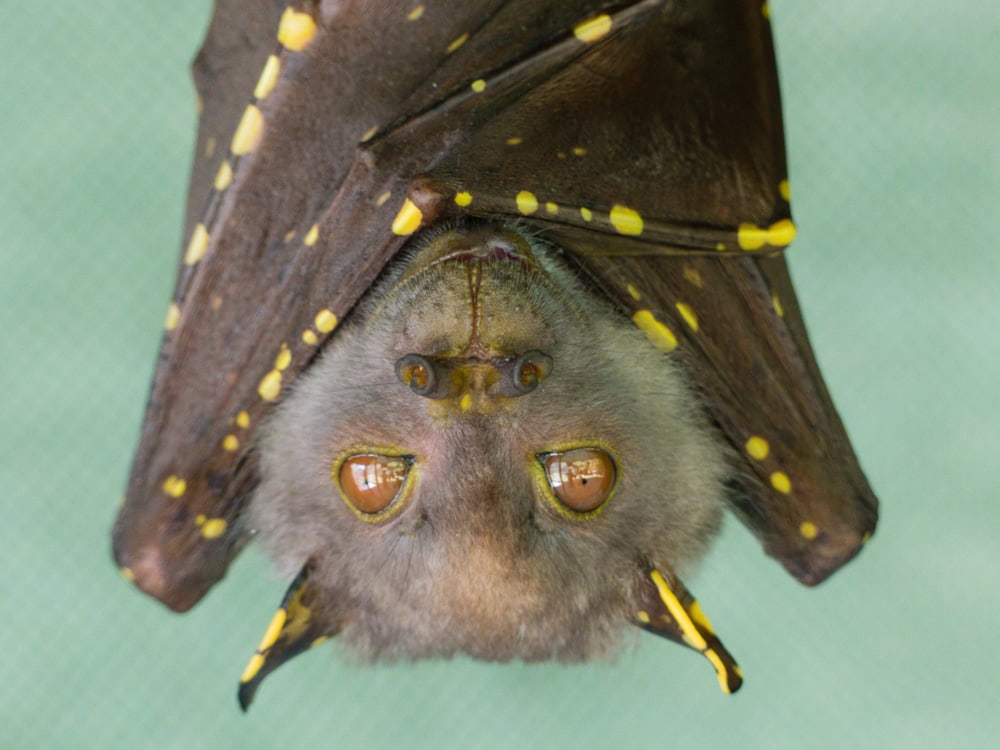
The Eastern Tube-Nosed Bat of Australia is easily recognized by its tube-shaped nostrils. This frugivorous bat plays a crucial role in pollination and seed dispersal. Its distinctive nose and dietary habits highlight its unique ecological niche.
Desert Long-Eared Bat
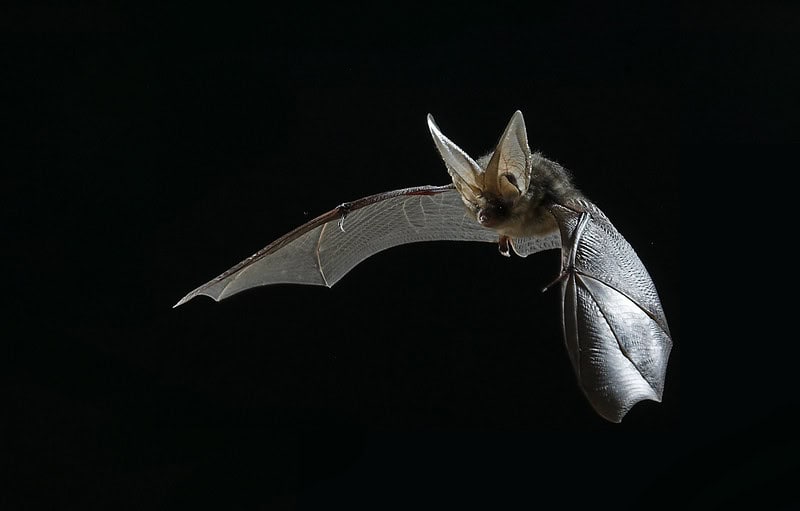
The Desert Long-Eared Bat, found in North Africa and the Middle East, is known for its ability to prey on scorpions, including venomous species. Its long ears aid in detecting prey movements, making it a formidable hunter in its arid habitat. This bat’s dietary preferences and adaptations to harsh environments make it a remarkable species.
This article originally appeared on Rarest.org.
More from Rarest.org
9 Most Coveted Action Figures for Collectors

Collecting action figures is more than a hobby; its a journey into the heart of pop culture history. From iconic superheroes to classic cartoons, these sought-after figures hold nostalgic value and monetary worth. Read more.
19 Unique Coin Collecting Tips for Beginners

Coin collecting is a fascinating hobby that combines history, art, and the thrill of discovery. For beginners, diving into the world of numismatics can be both exciting and overwhelming. Read more.
16 Unique Insects with Incredible Defense Mechanisms
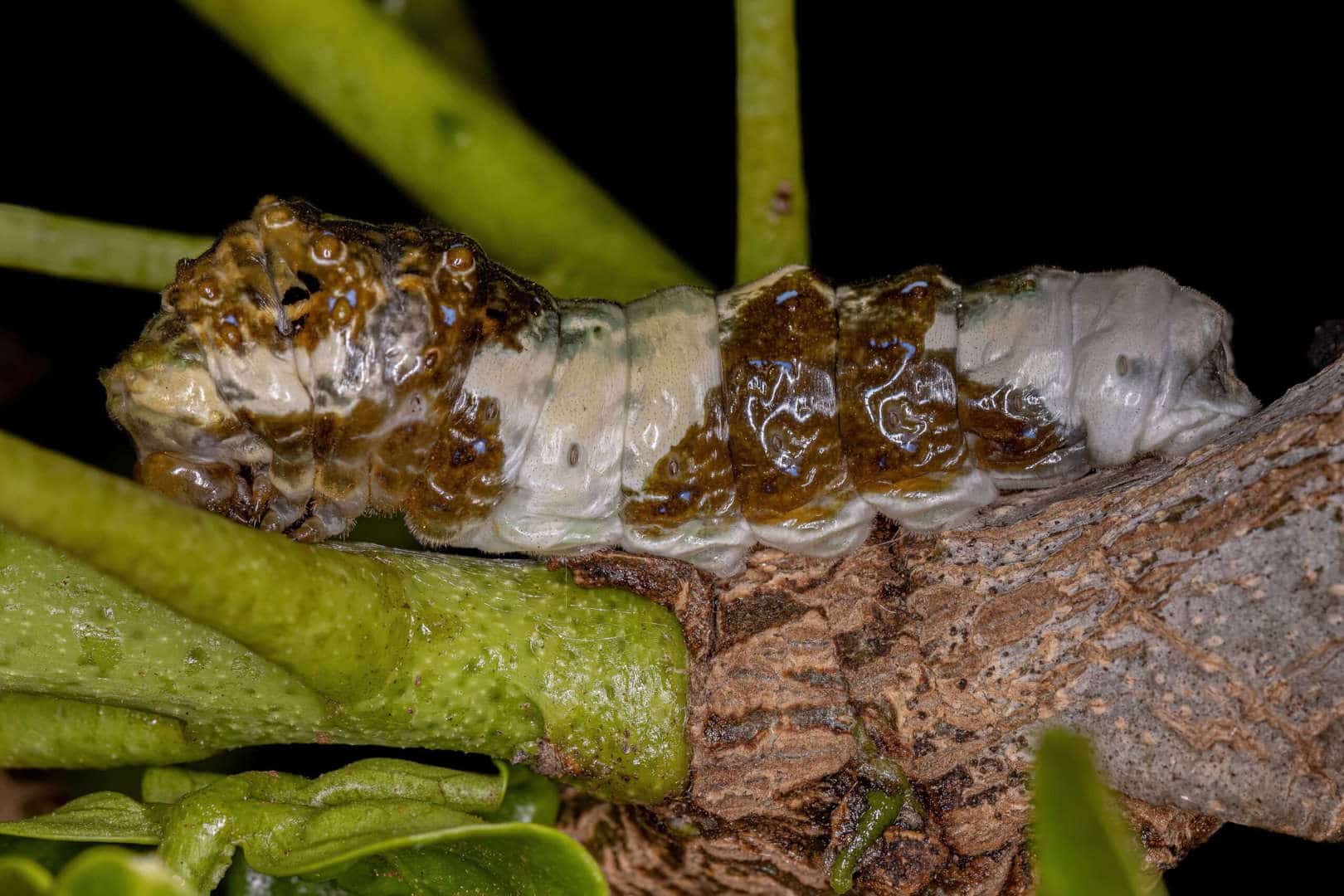
In the insect world, survival often hinges on remarkable defense strategies. From mimicry to chemical warfare, these tiny creatures have evolved unique ways to protect themselves. Read more.
